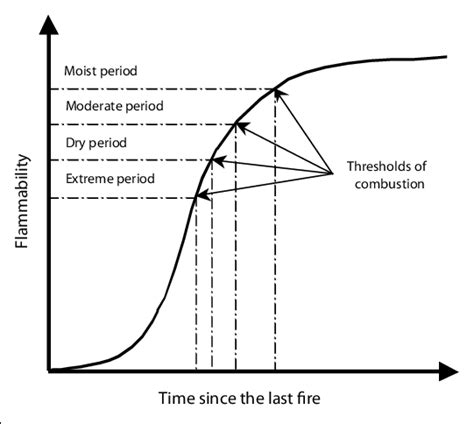The Science of Fire: A Hypothetical House Burning
Fire. A fundamental force of nature, capable of both incredible creation and devastating destruction. Understanding the science behind fire is crucial, particularly when considering the potential for a house fire. This article delves into the scientific principles governing fire behavior, exploring the hypothetical scenario of a house burning down and answering common questions surrounding this destructive event.
What are the fundamental elements needed for a fire?
For a fire to ignite and sustain itself, three essential elements must be present simultaneously: fuel, heat, and oxygen. This is often referred to as the "fire triangle." Without any one of these components, combustion cannot occur. In a house fire scenario, the fuel could be anything from furniture and curtains to wooden structures and even stored chemicals. The heat source might be a faulty electrical appliance, a carelessly discarded cigarette, or a lightning strike. Oxygen, of course, is readily available in the air.
How does a house fire spread?
Once ignited, a fire spreads through a process involving several key factors. Conduction transfers heat through direct contact; for example, a burning piece of furniture heating an adjacent wall. Convection involves the movement of heated gases and air, carrying flames and embers to other areas of the structure. Radiation transmits heat through electromagnetic waves, capable of igniting materials at a distance. The speed and pattern of spread are heavily influenced by factors such as the type of building materials, the presence of drafts, and the amount of available fuel.
What role does the structure of a house play in a fire?
A house's construction significantly impacts how a fire spreads. Materials like wood are highly flammable, while others, such as brick or concrete, offer more resistance. The layout of the house, including the presence of open spaces or enclosed rooms, also plays a role. Open floor plans can allow fires to spread rapidly, while compartmentalized spaces can help contain the flames. Furthermore, the presence of flammable materials like carpets, curtains, and aerosol cans can dramatically accelerate the fire's progression.
What are the different stages of a house fire?
House fires typically progress through several stages: incipient, growth, fully developed, and decay. The incipient stage is the initial phase, characterized by limited flames and heat. The growth stage sees rapid fire spread as it consumes available fuel. The fully developed stage marks the peak intensity of the fire, with high temperatures and significant smoke production. Finally, the decay stage occurs when the available fuel is depleted, and the fire's intensity begins to decline.
What are the common causes of house fires?
Many factors contribute to house fires. Cooking accidents are a leading cause, often involving unattended stoves or ovens. Electrical malfunctions due to faulty wiring or overloaded circuits are another significant risk. Heating equipment such as space heaters and fireplaces can also ignite fires if not properly maintained or used safely. Smoking materials that are improperly discarded represent a considerable fire hazard. Finally, arson unfortunately remains a cause of devastating house fires.
How can I prevent a house fire?
Preventing house fires involves a proactive approach. Regularly inspect and maintain electrical appliances and wiring. Keep flammable materials away from heat sources. Never leave cooking unattended. Ensure proper ventilation around heating equipment. Install and maintain smoke detectors, regularly testing their functionality. Develop and practice a home fire escape plan. These precautions can significantly reduce the risk of a house fire.
This article provides a general overview of the science behind house fires. The specific circumstances of any individual fire will vary greatly depending on numerous contributing factors. Always prioritize fire safety and consult with relevant professionals for specific advice and guidance.

